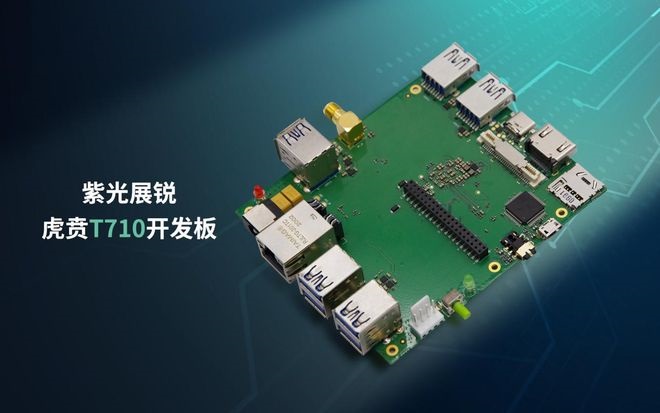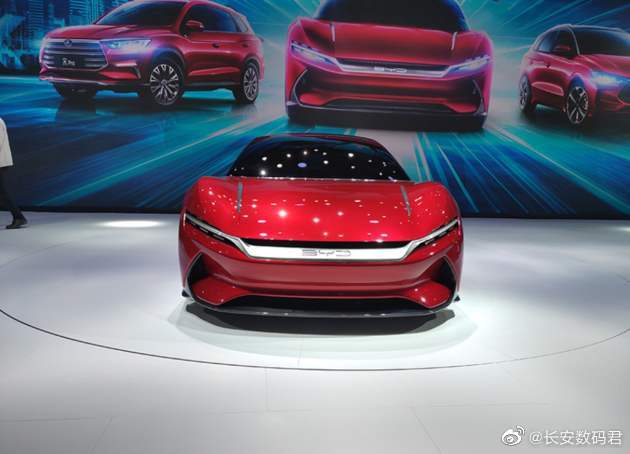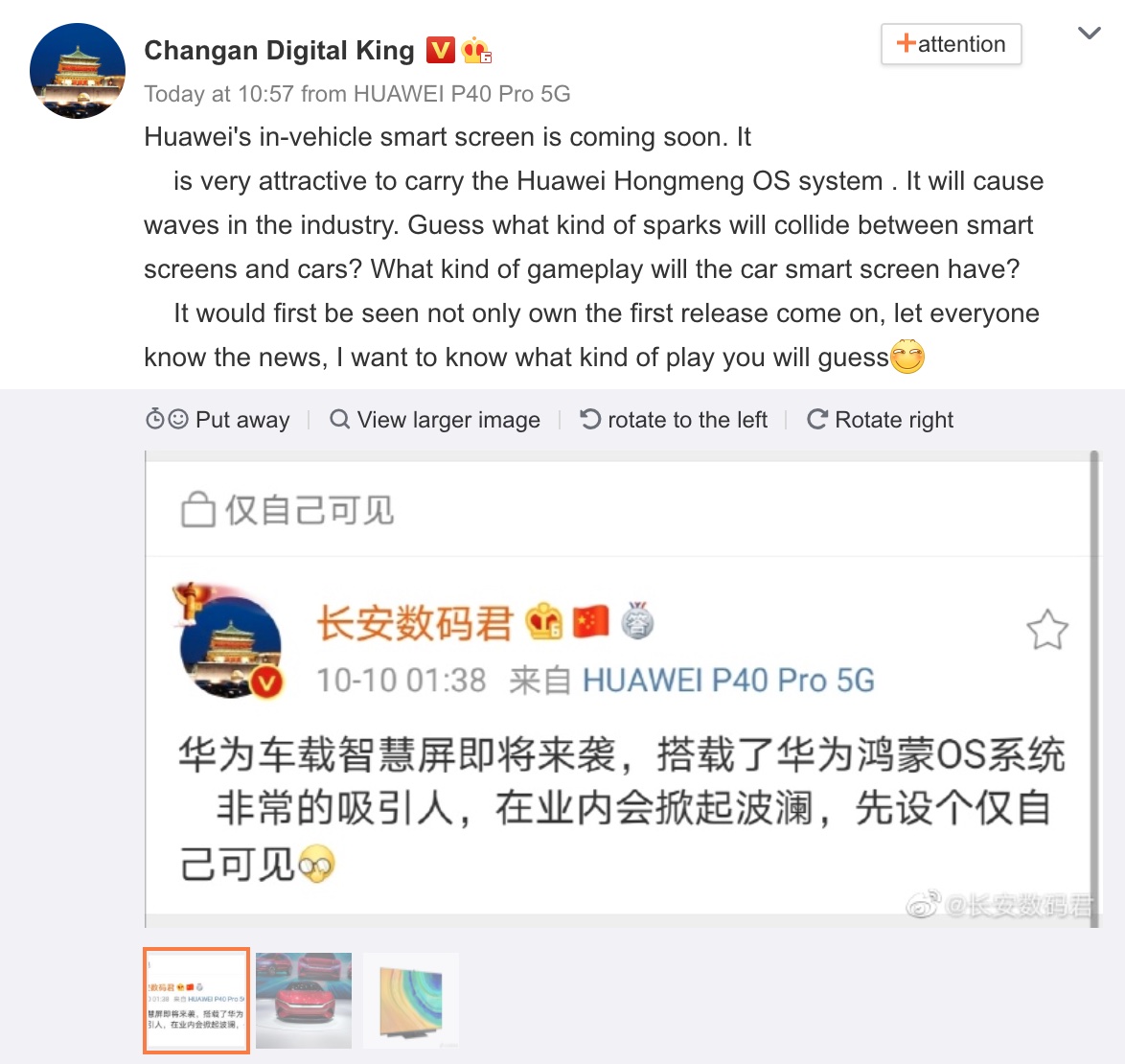A ready/future customer for SMIC , if they able to put its 7nm N+1 to fruition. Right now they contracted their production to TSMC for their 28nm and 6nm chips.
from cnTechPost
Chinese chip maker Unisoc released Tiger T710 development board
2020-10-10 20:05:32 GMT+8 | cnTechPost
0
Unisoc, a China-based supplier of mobile communications chipsets and IoT chipsets, announced on October 10 the Tiger T710 development board, an octa-core high-performance artificial intelligence motherboard powered by Unisoc AI processor Tiger T710.
It has a built-in neural network processor NPU and powerful AI computing performance of up to 3.2 TOPS.
In addition to the typical scenario of smart healthcare, the Tiger T710 development board can also be used in a variety of scenarios and meet its computing performance needs, including smart retail, smart healthcare, smart education, smart agriculture, smart driving, and other fields.
The Unisoc Tiger T710 development board is powered by the T710 octa-core processor, which adopts a quad-core Cortex-A75 + quad-small Cortex-A55 architecture and is clocked at 2.0GHz.
It integrates AI neural network processor NPU, supports INT8/INT16/FP16 multiple neural network quantization methods, with a combined computing power of 4.2 TOPS and an energy efficiency of over 2.5TOPS/W. The T710 development board has strong model compatibility.
T710 development board has strong model compatibility and can directly apply the TensorFlow/TensorFlow Lite/Caffe/ONNX general-purpose model, provide model conversion, and end-side conversion API and other AI development tools.
T710 development board has multiple external interfaces, supporting I2C, SPI, UART, GPIO, USB2.0/3.0, I2S, and TF Card interfaces.
Tiger T710 can support a wide range of scenarios, including face recognition, intelligent driving assistance, smart warehousing, smart retail, smart payment, smart agriculture, smart healthcare, and smart education.
It supports HDMI 1.4, MIPI-DSI multiple display output interfaces, has powerful hardware codec capability, supports 4K@30fps, H.264, H.265, vp8, and vp9 codec formats.
It supports Linux operating system, in line with the 96board standard CE specification, standardized design according to the 96board CE specification, and provides a standard 40pin low-speed expansion port, 60pin high-speed expansion port, you can use the 96board standard expansion board to achieve more functions.
The Tiger T710 development board supports dual MIPI cameras with dual MIPI CSI interfaces for simultaneous data input from both cameras.
It has a built-in hardware ISP up to 24Mpixel + 8Mpixel and supports both wired and wireless networks.
It supports Gigabit Ethernet wired interface and Wi-Fi 802.11a/b/n/ac.



